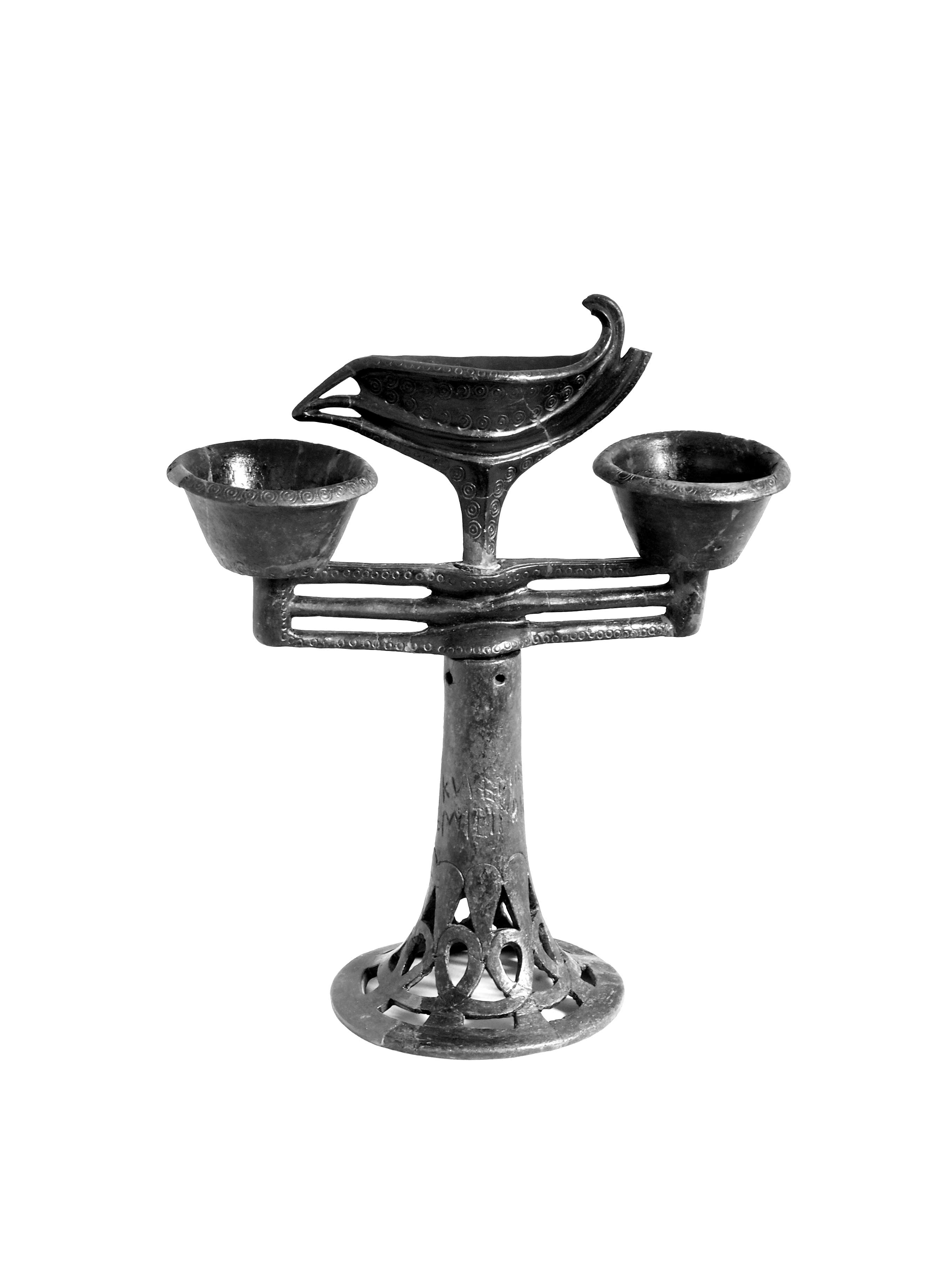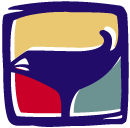The location in the heart of the historic village of Artimino
Archaeological Museum of Artimino “Francesco Nicosia”
Created in 1981 and opened in 1983, thanks to the participation of the City of Carmignano and the Tuscan Superintendant for Archeology and Cultural Heritage, the Artimino Museum first opened in the cellars of the Medici Villa “La Ferdinanda”.
The new museum, located in an old wine cellar inside the city, was inaugurated on March 26, 2011.
The museum illustrates the history of the Etruscan city of Artimino and the surrounding area displaying artifacts that have been found primarily during fifty years of excavations. This area, in fact, from the Orientalizing period of the Etruscan Civilization (VII century B.C.), had an extraordinary economic and cultural development, thanks to its fertile ground and strategic location close to the meeting point of two rivers the Pistoiese Ombrone and Bisenzio in Arno. This allowed Artimino control of the commercial routes that connected Etruria proper to Etruria Padana as well as the northern regions of the Italian penisola.
In 2013 the Archaeological Museum of Artimino “Francesco Nicosia” obtained the recognition of “Museum of regional relevance” from the Tuscany Region. In 2017 the Municipality of Carmignano was recognized by the Tuscany Region for the important recognition of “City of excellence of the Etruscan civilization”.
Created in 1981 and opened in 1983, thanks to the participation of the City of Carmignano and the Tuscan Superintendant for Archeology and Cultural Heritage, the Artimino Museum first opened in the cellars of the Medici Villa “La Ferdinanda”.
The new museum, located in an old wine cellar inside the city, was inaugurated on March 26, 2011.
The museum illustrates the history of the Etruscan city of Artimino and the surrounding area displaying artifacts that have been found primarily during fifty years of excavations. This area, in fact, from the Orientalizing period of the Etruscan Civilization (VII century B.C.), had an extraordinary economic and cultural development, thanks to its fertile ground and strategic location close to the meeting point of two rivers the Pistoiese Ombrone and Bisenzio in Arno. This allowed Artimino control of the commercial routes that connected Etruria proper to Etruria Padana as well as the northern regions of the Italian penisola.
In 2013 the Archaeological Museum of Artimino “Francesco Nicosia” obtained the recognition of “Museum of regional relevance” from the Tuscany Region. In 2017 the Municipality of Carmignano was recognized by the Tuscany Region for the important recognition of “City of excellence of the Etruscan civilization”.

The exposition
The visitor travels through time to discover the wonderful artifacts that have been brought to light primarily by Francesco Nicosia, the archaeologist to whom the museum is dedicated.
The museum’s exposition is organized topographically and chronologically and is spread over two floors: the upper level is dedicated to the territory’ population and religious areas, “The World of the Living”, and the lower level to “The World of the Dead”.
The upper floor
The upper level is dedicated to the population of the area with its different settlements and evidence of daily life: “The World of the Living”.
Here they are exposed the artifacts from the fortified area of Pietramarina as well as the separate settlements in Artimino: “The Field of Pheasants”, Viale Giovanni XXIII, and the area of the Medici “Paggeria”, and the religious structures.
The lower floor
The lower level presents the most interesting aspects of the necropolis in: “The World of the Dead”.
Extremely precious funeral objects that have come from the tombs of Artimino, Prato Rosello Grumolo, Grumaggio and the Necropolis of Coimeana with the Tumuli dei Boschetti and Montefortini are on display. The tomb of a young man who has been identified as a warrior because of the offensive weapons and armor was found in his tomb has also been reconstructed.
The exposition
The visitor travels through time to discover the wonderful artifacts that have been brought to light primarily by Francesco Nicosia, the archaeologist to whom the museum is dedicated.
The museum’s exposition is organized topographically and chronologically and is spread over two floors: the upper level is dedicated to the territory’ population and religious areas, “The World of the Living” , and The Lowe level at “The World of the Dead”.
The upper floor
The upper level is dedicated to the population of the area with its different settlements and evidence of daily life: “The World of the Living”.
Here they are exposed the artifacts from the fortified area of Pietramarina as well as the separate settlements in Artimino: “The Field of Pheasants”, Viale Giovanni XXIII, and the area of the Medici “Paggeria”, and the religious structures.
.
The lower floor
The lower level presents the most interesting aspects of the necropolis in: “The World of the Dead”.
Extremely precious funeral objects that have come from the tombs of Artimino, Prato Rosello Grumolo, Grumaggio and the Necropolis of Coimeana with the Tumuli dei Boschetti and Montefortini are on display. The tomb of a young man who has been identified as a warrior because of the offensive weapons and armor was found in his tomb has also been reconstructed.




